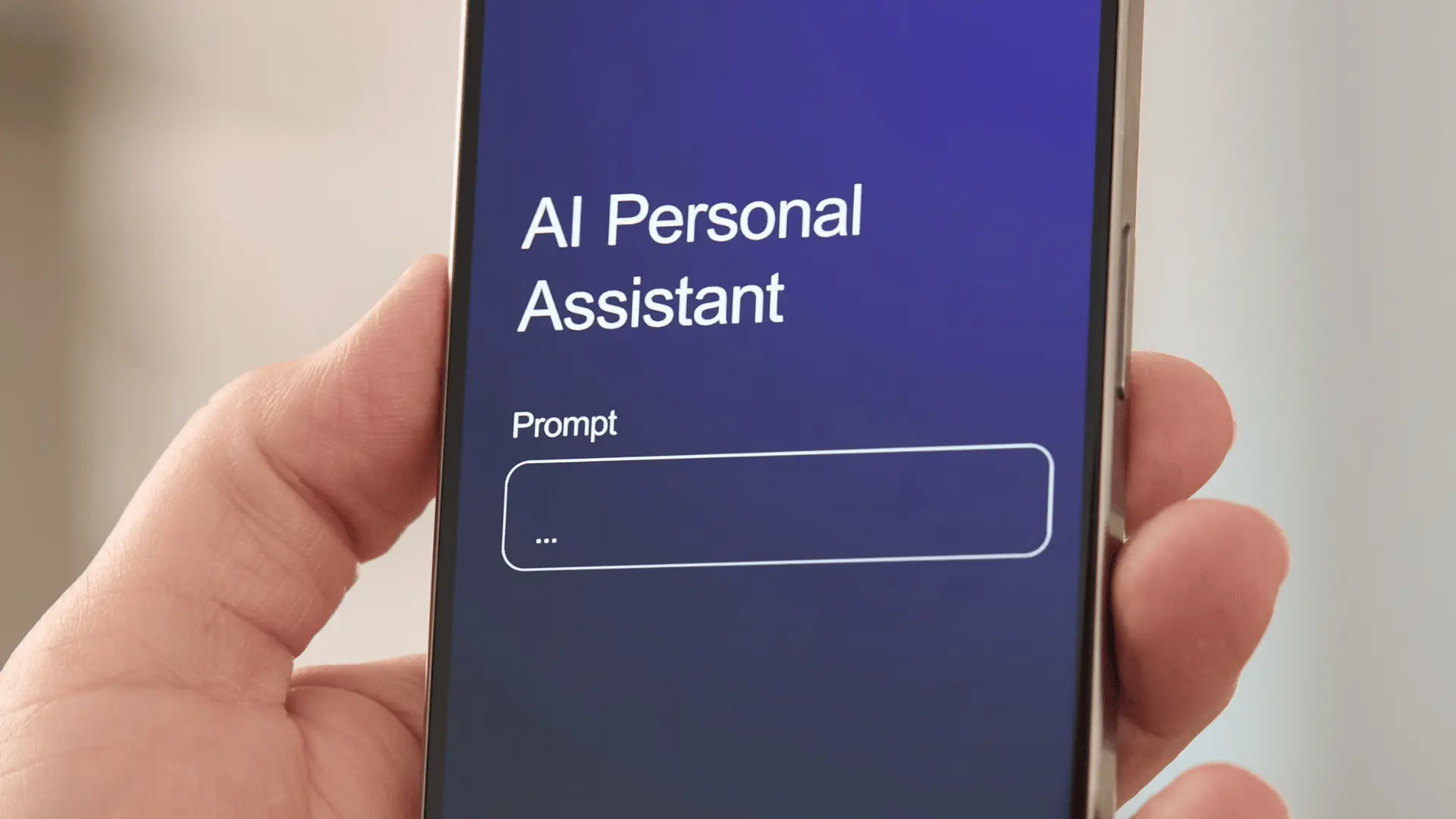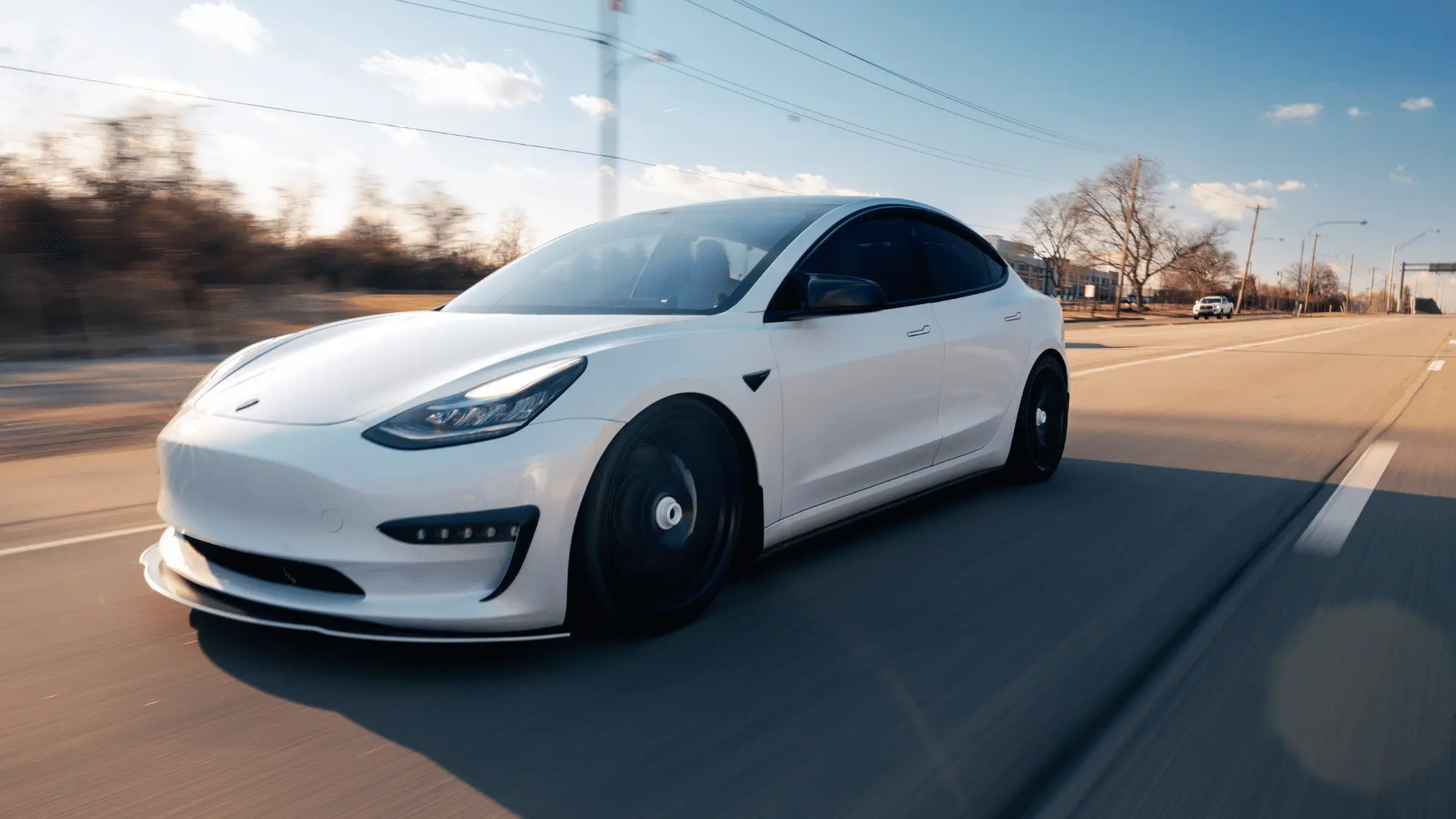The great cosmic race: 6G vs. Mars colonisation. Who wins, and does it matter if the aliens get there first?
The Dawn of 6G: Faster Than Light Dreams
While humanity eagerly awaits its next wireless upgrade, 6G promises speeds so fast they make 5G look like dial-up. Researchers are racing to deliver ultra-low latency and data rates exceeding one terabit per second.
Meanwhile, our Mars ambitions are progressing with all the urgency of assembling IKEA furniture without instructions. NASA and SpaceX aim to plant boots on the Red Planet in the 2030s, but it is a logistical nightmare involving rockets, radiation, and life support systems that do not yet exist.
The question is not whether we will master 6G or Mars first – it is what happens if someone else does.

Alien 6G: The Hypothetical Wi-Fi of the Cosmos
Picture an advanced alien civilisation cruising through the galaxy in their shiny, warp-speed ships. They need a robust communication system to send TikToks across light-years without buffering. Their version of 6G – assuming they are not already 10G or Quantum G – would likely make our most advanced systems look quaint.
How? Theoretical mechanisms like quantum entanglement could allow instant communication, bypassing the speed limits of light. It is not just science fiction; physicists are already tinkering with entanglement for secure communication.
As of April 2024, researchers are globally making strides in 6G wireless communication. Expected to provide ultra-low latency and data rates exceeding 1 Tbps, 6G promises to revolutionise fields such as artificial intelligence, extended reality (XR), and IoT. Despite ambitious goals, most estimates place the 6G rollout no earlier than 2030; the aliens, on the other hand, would have perfected it centuries ago.

Humanity’s Progress Towards Mars
Mars remains humanity’s prime candidate for interplanetary colonisation. NASA, SpaceX, and other space agencies are targeting human missions to Mars within the 2030s. Current efforts, like SpaceX’s Starship test launches and the Mars Sample Return program, are crucial stepping stones but highlight the technological and logistical challenges involved.
What Alien 6G Could Mean for Us
If extraterrestrials unveil their own 6G before we figure out how to stream Netflix on Mars, the implications are staggering:
- Technological Leapfrog: Alien 6G might render human telecommunications obsolete and could make our 5G towers and fibre optics feel as relevant as floppy disks. Global telecom giants would scramble to adapt – or risk extinction.
- Intergalactic Diplomacy: Advanced communication systems could enable direct interaction with extraterrestrials, which might lead to unprecedented scientific exchange or, conversely, conflicts over intellectual property. Imagine negotiating with an alien species over intellectual property rights for their 6G tech. (Do they even have patents?)
- Space Exploration 2.0: Alien 6G could act as a catalyst, providing humanity with the tools to accelerate its Mars ambitions or even expand our cosmic goals – or render them irrelevant. Why colonise Mars when we could FaceTime Andromeda?

Lessons from Earth’s Tech Race
History shows us that technological revolutions do not come without upheaval. From the printing press to the internet, new tools often reshape power dynamics. Would alien 6G unite humanity in awe and collaboration – or divide us into haves and have-nots in the new cosmic order?
Carl Sagan once mused, “If it’s just us, it seems like an awful waste of space.” But if it is not just us, what is the game plan?
The Takeaway
Whether humanity cracks 6G before landing on Mars – or finds itself lagging behind alien tech – the race invites reflection. Are we too fixated on the next milestone to see the bigger picture? Should we focus on uniting global efforts to advance technology for the betterment of all humanity? Or will the race to Mars and the next generation of wireless tech remain pieces of a unified vision for our species?










